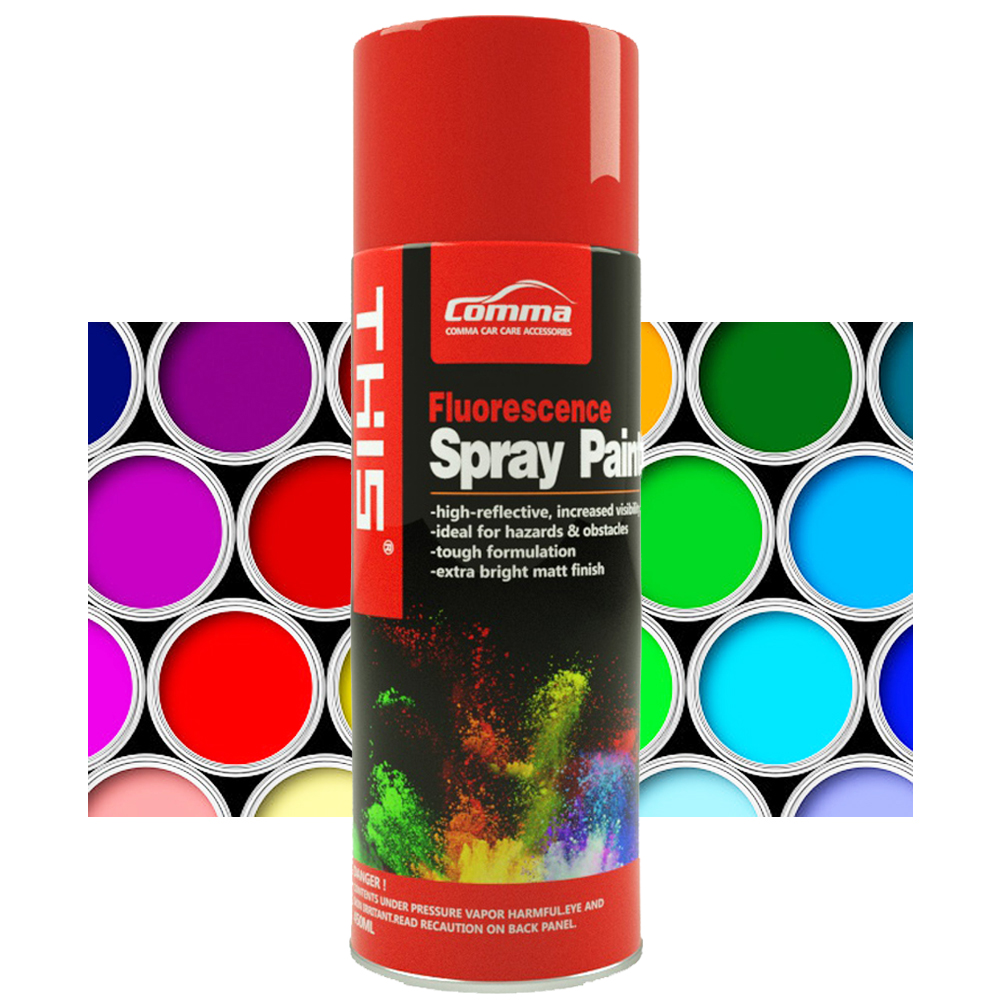Chalk Spray Paint and Acrylic Spray Paint differ significantly in composition, properties, uses, and effects. Here’s a detailed comparison:
1. Composition & Base Material
-
Chalk Spray Paint
-
Base: Typically water-based acrylic or latex, mixed with calcium carbonate (chalk) and matting agents.
-
Additives: Designed for a matte, chalky texture; may contain wax for better adhesion.
-
-
Acrylic Spray Paint
-
Base: Pure acrylic resin (solvent-based or water-based), without chalk additives.
-
Additives: May include gloss enhancers, fast-drying agents, or flex additives, depending on the intended use (e.g., outdoor, metal, or plastic).
-
2. Finish & Texture
-
Chalk Spray Paint
-
Appearance: Ultra-matte, with a rough, chalk-like texture—ideal for vintage or distressed looks.
-
Feel: Slightly powdery when dry; requires a sealant (e.g., wax or varnish) for protection.
-
-
Acrylic Spray Paint
-
Appearance: Versatile (matte, satin, or glossy), with a smooth finish for modern styles.
-
Feel: Dries to a hard, durable surface; usually doesn’t need sealing (unless extra protection is required).
-
3. Adhesion & Durability
-
Chalk Spray Paint
-
Adhesion: Weaker; prone to chipping or wear without a topcoat.
-
Durability: Not abrasion- or moisture-resistant; best for indoor decor or furniture upcycling.
-
-
Acrylic Spray Paint
-
Adhesion: Strong; bonds well to various surfaces (metal, plastic, wood, etc.).
-
Durability: Waterproof and UV-resistant (especially outdoor formulas); long-lasting.
-
4. Best Uses
-
Chalk Spray Paint
-
Furniture makeovers (shabby chic/vintage), DIY crafts, temporary decor, chalkboard effects.
-
Not recommended for high-traffic or outdoor use.
-
-
Acrylic Spray Paint
-
General-purpose: model painting, metal repairs, outdoor signage, art projects.
-
Ideal for durable or complex surfaces (e.g., car parts, planters, electronics).
-
5. Application Tips
-
Chalk Spray Paint
-
Apply thin, multiple coats; sand edges for a distressed look.
-
Always seal with wax or matte varnish.
-
-
Acrylic Spray Paint
-
Can be applied in thicker coats; dries quickly; no sealant needed (unless specified).
-
Shake well before use; spray 20–30 cm away to avoid drips.
-
6. Eco-Friendliness & Cleanup
-
Chalk Spray Paint
-
Usually water-based, low-VOC; clean tools with water.
-
-
Acrylic Spray Paint
-
Solvent-based types require thinner for cleanup; water-based versions are more eco-friendly.
-
Final Recommendation
-
Choose Chalk Spray Paint for a matte, vintage finish with extra maintenance.
-
Choose Acrylic Spray Paint for durability, outdoor use, or a smooth finish.
They are not interchangeable—select based on your project needs!

